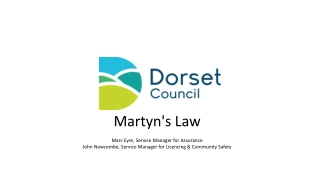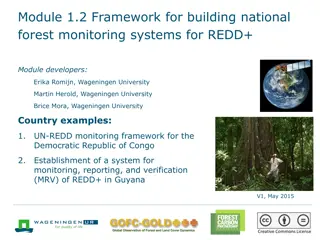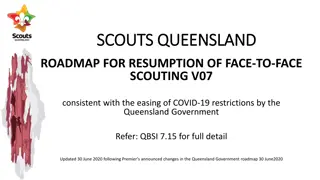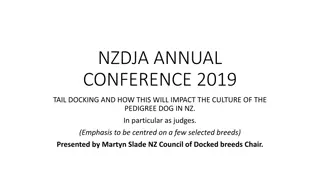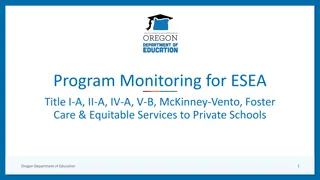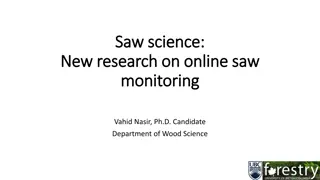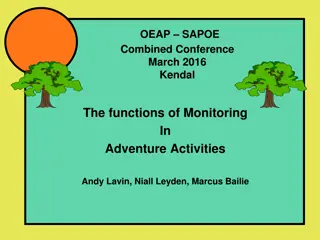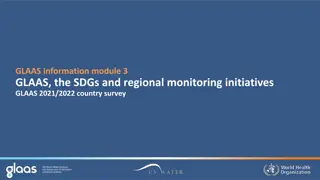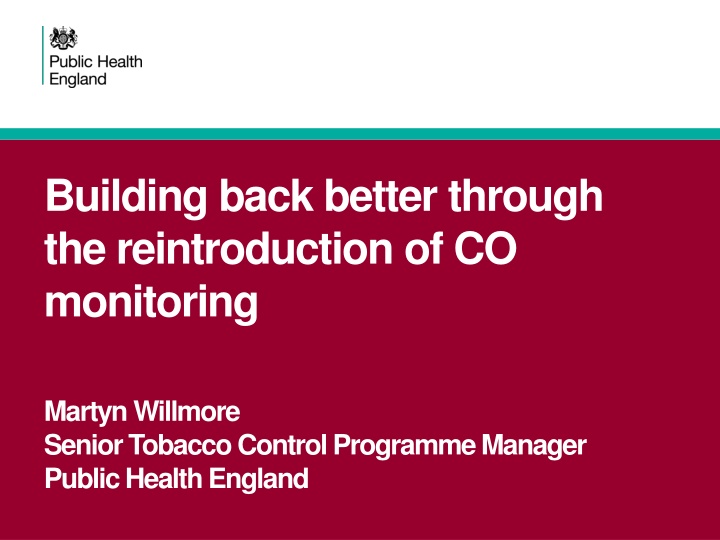
Reintroduction of CO Monitoring in Public Health Programs
"Learn about the collaboration between Public Health England and NHSEI to reintroduce CO monitoring in the context of COVID-19 impact on stop smoking services and midwifery. Discover the safety review, viral filtration efficacy testing, and efforts to ensure safe monitoring practices during the pandemic."
Download Presentation

Please find below an Image/Link to download the presentation.
The content on the website is provided AS IS for your information and personal use only. It may not be sold, licensed, or shared on other websites without obtaining consent from the author. If you encounter any issues during the download, it is possible that the publisher has removed the file from their server.
You are allowed to download the files provided on this website for personal or commercial use, subject to the condition that they are used lawfully. All files are the property of their respective owners.
The content on the website is provided AS IS for your information and personal use only. It may not be sold, licensed, or shared on other websites without obtaining consent from the author.
E N D
Presentation Transcript
Building back better through the reintroduction of CO monitoring Martyn Willmore Senior Tobacco Control Programme Manager Public Health England
Acknowledgments Recognising the challenges faced by midwifery over the last 12 months The pandemic has also impacted significantly on delivery within Stop Smoking Services All this at a time when we hoped to piloting elements of the NHS Long Term Plan commitments around smoking SATOD has fallen over the last year, and the number of pregnant smokers quitting with SSS support has risen The work I`m going to discuss has been a collaboration between PHE and NHSEI, and many other partners 2
Back to the start.. In March 2020, the spread of COVID-19 across England flagged the need for national guidance on stop smoking interventions At the time, relatively little was known about this novel coronavirus or its transmission Government advice quickly focussed on recommending remote delivery of non-essential community public health services (SSS) NHSEI advised similar around non-urgent antenatal appointments Practically there was little option but to issue guidance that all CO monitoring should be paused at that time 3
Reviewing the safety of CO monitoring CO monitoring of all pregnant women, recommended by NICE in 2010, had recently been embedded within SBLCB Almost immediately we began a review into the safety of CO monitoring in light of COVID-19. This encompassed: Assessing the risk of transmitting the virus via a CO monitor What viral filtration standards were in place? Consideration of infection control protocols Working with Health Protection Agency, MHRA and others Balancing any risk against the do nothing approach 4
Viral Filtration Efficacy (VFE) Health Protection Agency undertook testing of the two CO monitors on the domestic market back in 2017 HPA expose the monitors to a viral cocktail (not live virus) of 24nm. COVID-19 is 5x larger in size, so effectiveness results below are likely an under-estimate Both single-use monitors achieved over 99.8% VFE. Bedfont`s 30- day replaceable D-piece achieved >97% when 30 day use simulated with no cleaning. Importance of cleaning and replacing There Is no definitive standard for CO monitor VFE Both suppliers have all relevant ISO standards and produced further guidance on handling/cleaning kit in light of COVID 5
Infection Control and Prevention We spoke with IPC staff to discuss the specific requirements around CO monitoring CO monitoring process is defined as non-aerosol generating, so this falls into a standard set of recommendations, including: Maintaining a 2m distance between staff and clients Working in a ventilated room Standard PPE (i.e. FFP3 filtration mask not required) These are requirements which would realistically apply to any face to face appointment. Not specific to CO monitoring 6
Developing guidance Based on the findings from HPA, and guidance from IPC, we submitted a paper to the national COVID guidance cell in Oct This recommended that CO monitoring could be resumed, if all the necessary precautions taken Incident Director signed this off mid-October. PHE developed communication to SSS via NCSCT, and NHSEI drafted a maternity transformation bulletin in early November PHE also worked with Hilary Wareing and HEE to develop an e-learning for health module about CO resumption, aimed at front-line staff 7
Considerations PHE can issue guidance on such issues. Resumption of CO testing should still be subject to local risk assessment We have worked with RCM on some additional resources to support those local decisions Queries regularly received on impact of number of local COVID cases, national/local lockdown measures, variant(s), timing? These don`t change our assessment about safety of resuming CO monitoring. They may change local appetite for seeing clients face to face We continue to monitor IPC and government guidance. This is always under review 8


